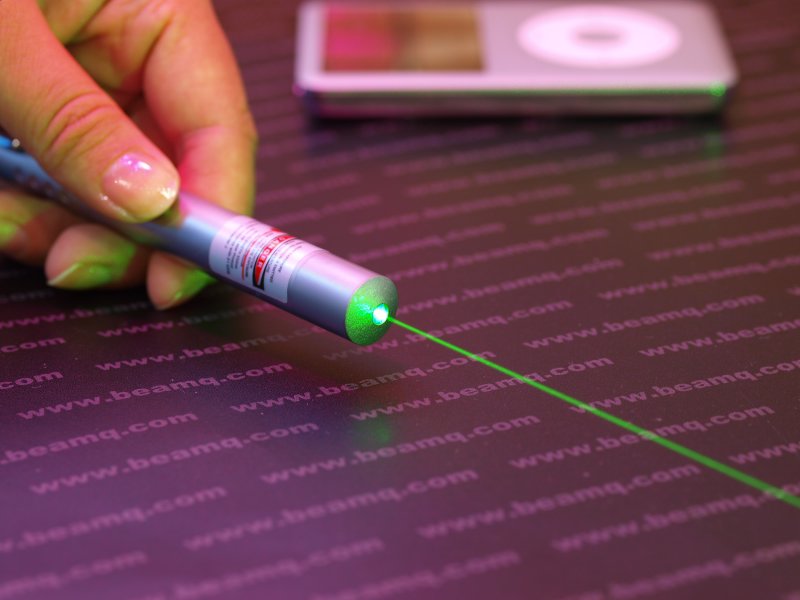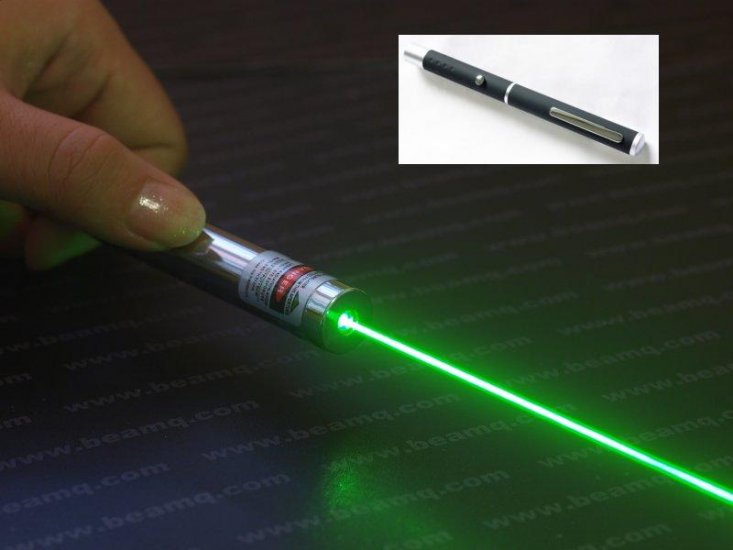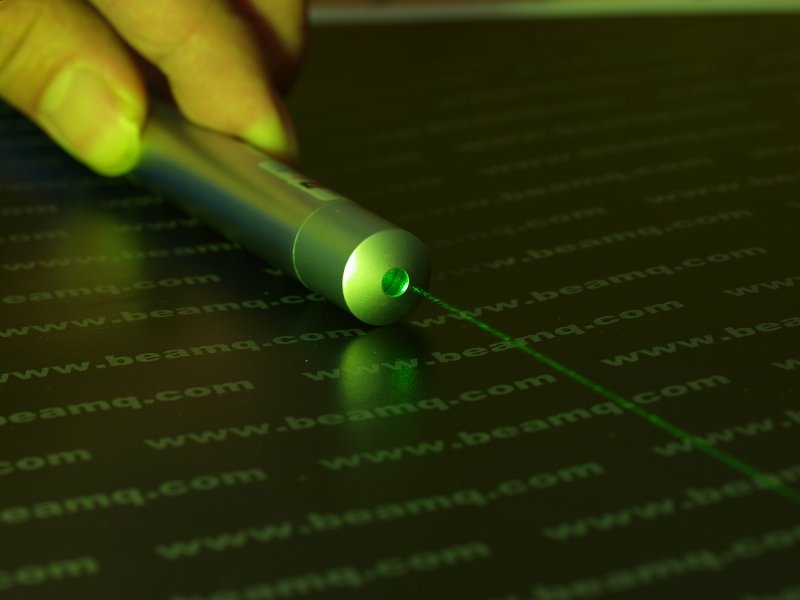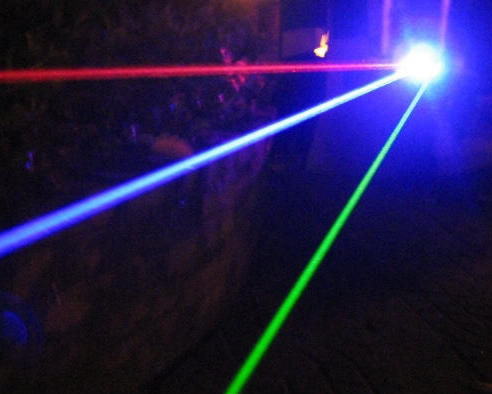A Princeton-led team of researchers has discovered an entirely new mechanism for making common electronic materials emit laser beams. The finding could lead to lasers that operate more efficiently and at higher temperatures than existing devices, and find applications in environmental monitoring and medical diagnostics.
The team that conducted the study includes Gmachl's graduate student Kale Franz, who built the laser that revealed the new phenomenon, and Stefan Menzel, a graduate student from the University of Sheffield, UK, who unearthed the unique properties of the phenomenon during an internship at Princeton University last summer.
The study was published online in Nature Photonics on Dec. 14.
The light emitted by a laser differs fundamentally from light produced by common sources such as the sun, fire, or electric lamps. According to the field of physics called quantum electrodynamics, light is made up of particles called photons. Common sources of light emit photons that are in a random order, like crowds milling about a busy marketplace. In contrast, photons in a laser are "in sync" with each other, like a music band marching in formation. This property, called coherence, allows laser light to shine in an intense, narrow beam of a single, very pure color.
One way to produce a laser beam is to pass an electric current through a semiconductor such as gallium arsenide. The electric current pumps energy into the material, forcing a large number of its electrons to a higher energy level than normal. Under certain conditions, these electrons drop to a lower level of energy, and emit the extra energy in the form of synchronized photons of light. This is the mechanism underlying lasers used in CD writers, laser pointers and other common electronic devices.
http://www.sciencedaily.com/releases/2008/12/081222122609.htm
Subscribe to:
Post Comments (Atom)




No comments:
Post a Comment